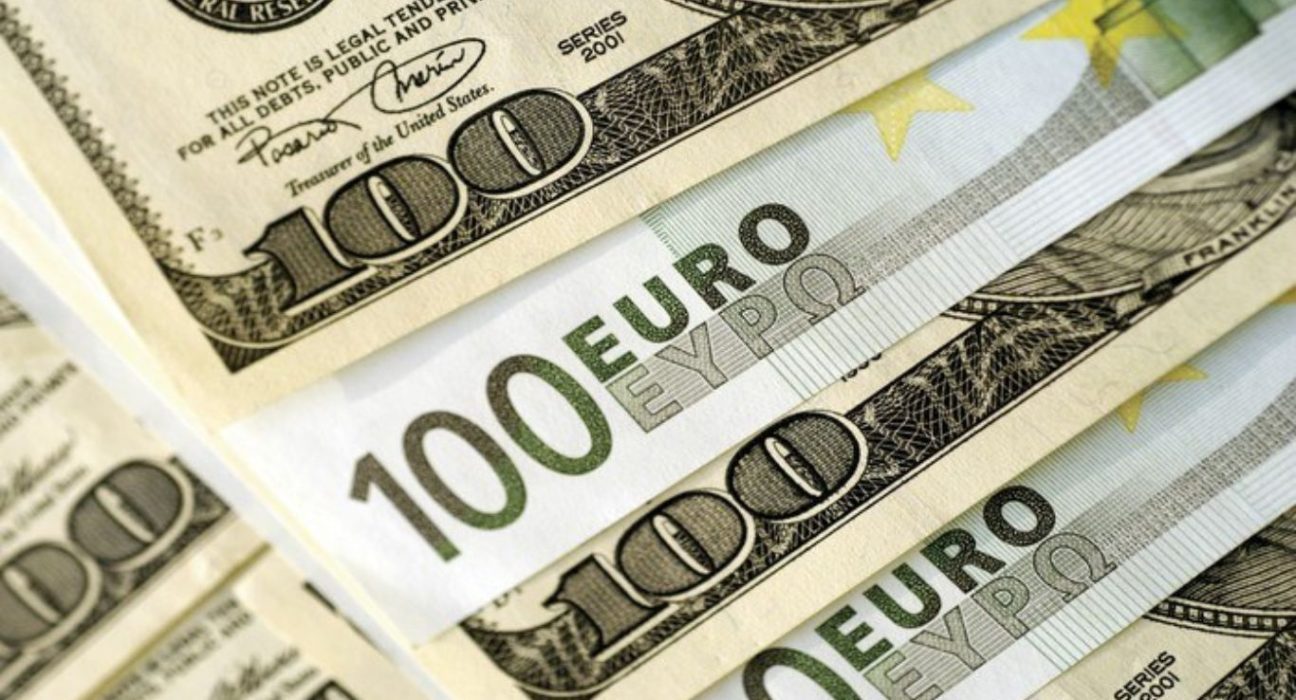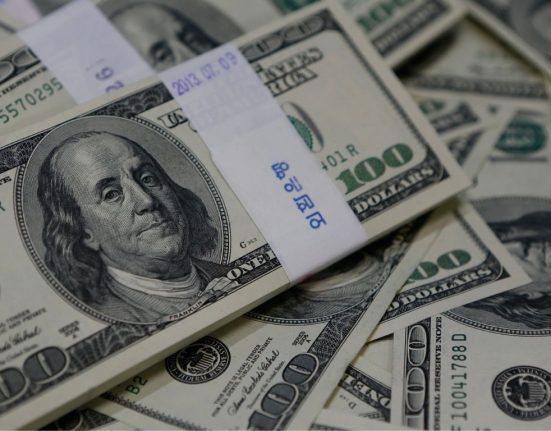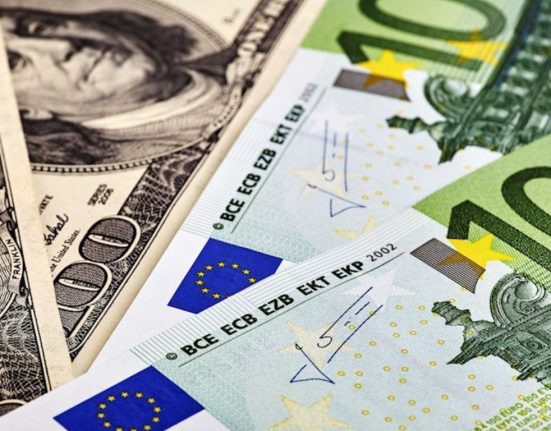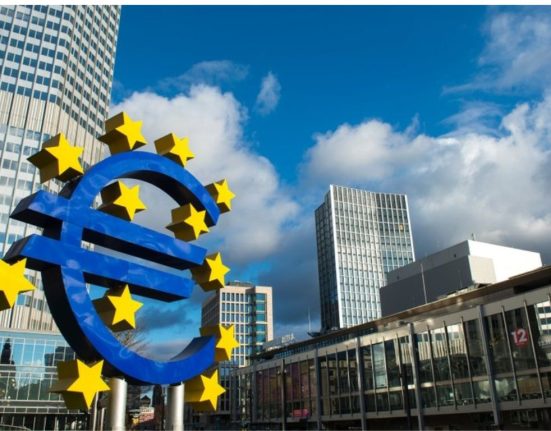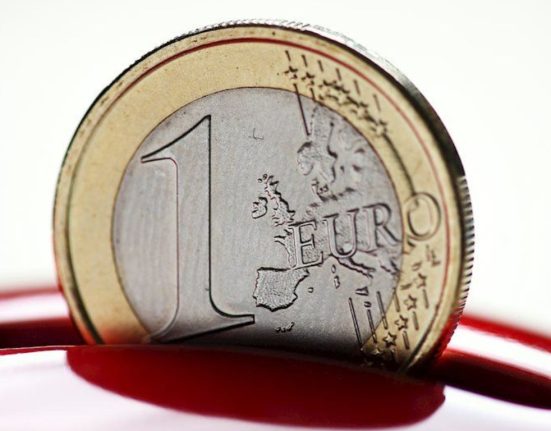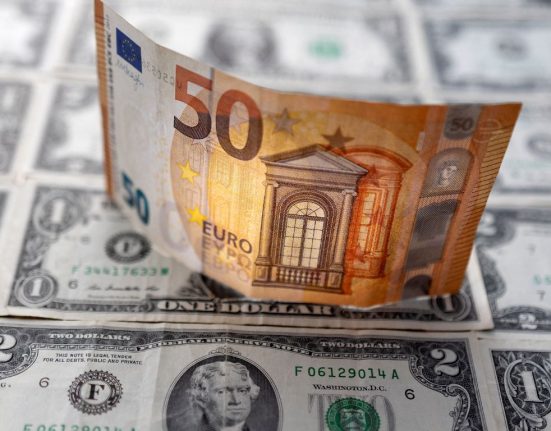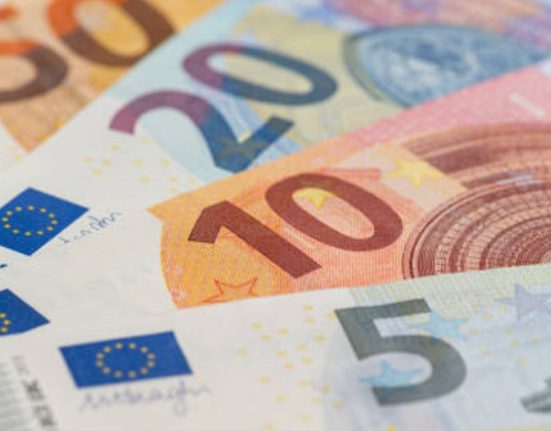Introduction
In the ever-evolving landscape of the foreign exchange market, the EUR/USD currency pair has recently encountered a phase of subdued performance, raising questions about its trajectory in the coming weeks. This downturn has led to discussions regarding the significance of the 200-week moving average as a critical factor influencing the pair’s movement. While short-term fluctuations are inevitable, it’s essential to examine the broader context and potential implications for traders and investors.
Stiff Hurdle at 200-Week Moving Average
As the EUR/USD pair navigates through its recent softness, market observers have directed their attention towards a significant obstacle – the 200-week moving average. This technical indicator, renowned for its ability to gauge long-term trends, stands as a formidable barrier in the current scenario. Analysts and traders alike are closely monitoring the pair’s ability to surpass this hurdle, which could signal a shift in its momentum. This juncture presents a critical point of consideration for those tracking the pair’s movements, as breaching this level could pave the way for a renewed upward trajectory.
Consolidation Amidst Constructive Outlook
Amidst the prevailing uncertainties, a consensus seems to emerge regarding the near-term bias of the EUR/USD pair. Despite the recent softness, a broadly constructive outlook prevails, suggesting that the current phase might be indicative of consolidation. This consolidation phase could potentially be a precursor to the next significant move, offering traders and investors an opportunity to reassess their positions and strategies. As the market digests the implications of this consolidation, participants must remain vigilant to any shifts in momentum or emerging trends.
Potential Threat to Uptrend
While the current landscape leans towards consolidation, a critical threshold exists that could alter the course of the EUR/USD pair’s broader uptrend. Market analysts emphasize that a fall below the range of 1.0500-1.0600, which includes the early-2023 lows, would pose a genuine threat to the established uptrend. This would not only signal a potential trend reversal but could also prompt traders and investors to reevaluate their positions. As such, this price range stands as a key focal point, and its integrity is crucial for maintaining the prevailing positive trajectory.
Analyzing the Broader Implications
The ongoing developments in the EUR/USD pair hold significance not only for currency traders but also for a wider audience with interests in global economics. Exchange rates between major currencies, such as the euro and the US dollar, often reflect broader economic trends, geopolitical shifts, and central bank policies. Therefore, the analysis of the EUR/USD pair’s movement encompasses implications beyond individual trading strategies, extending into the realm of international trade, investments, and monetary policies.
Navigating the Market Uncertainties
In the world of forex trading, uncertainties are par for the course. The recent softness in the EUR/USD pair serves as a reminder that even established trends can experience hiccups along the way. Traders and investors, equipped with a comprehensive understanding of technical indicators and market dynamics, are better positioned to navigate these uncertainties. It’s crucial to remain attentive to not only short-term fluctuations but also the broader context that shapes currency movements.
Conclusion
As the EUR/USD pair grapples with its recent softness and the resistance posed by the 200-week moving average, the currency trading community closely watches for signs of the pair’s next move. While the current scenario leans towards consolidation within a broadly constructive outlook, the significance of the 200-week moving average cannot be overstated. Moreover, the threat to the broader uptrend underscores the need for vigilance and strategic planning. In this ever-changing landscape, traders and investors must stay informed, adaptable, and ready to respond to emerging opportunities and challenges.
